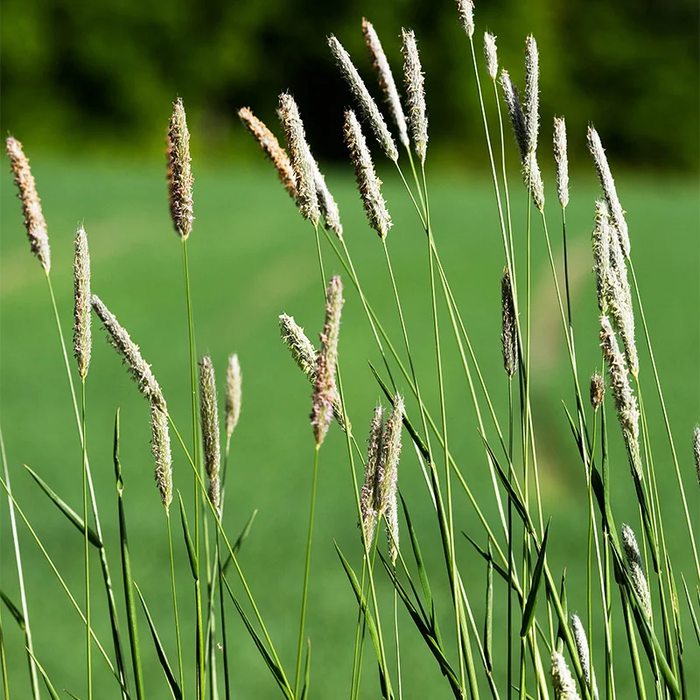
Ornamental Phleum Pratense Grass Seeds
Save 50%
Original price
$10.00
Original price
$10.00
-
Original price
$10.00
Original price
$10.00
Current price
$4.99
$4.99
-
$4.99
Current price
$4.99
Ornamental Phleum Pratense, commonly known as Timothy Grass, is an enduring symbol of the lush, verdant meadows and pastures of the countryside. This grass, native to Europe and parts of Asia, is celebrated not just for its agricultural importance but also for its aesthetic appeal in gardens and landscapes. The leaves are slender and arch elegantly, with a bright, vibrant green hue that adds a touch of freshness to any setting.
Features:
- Fine Quality: Ensures a garden display that exceeds expectations.
- Architectural Finesse: Adds a sculptural element reminiscent of natural landscapes.
- Low Water Needs: Well-suited for water-conscious and sustainable gardening.
Details:


